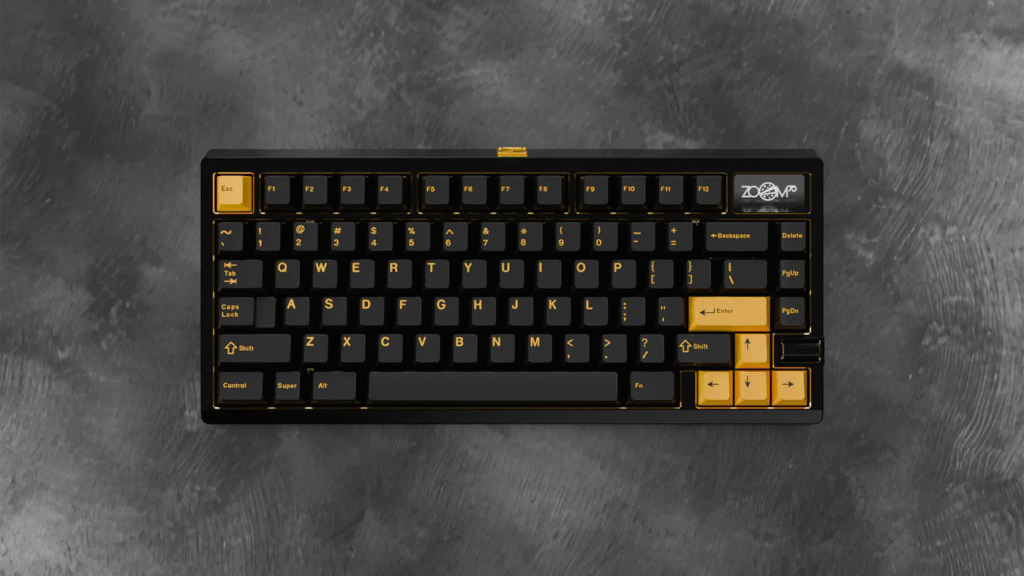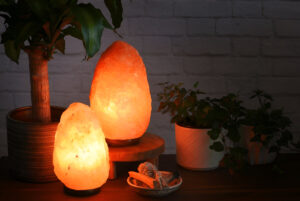The mechanical keyboard landscape is constantly changing, with each new release presenting something new and awe-inspiring. One such awe-inspiring release is “Zoom 75 keyboard” developed by Meletrix. The Zoom is designed for both professionals and enthusiasts which means it blends technologically sophisticated modular gaming with premium acoustics. Zoom is ideal for gaming, programming, or daily productivity tasks. Suppose you’ve read our detailed reviews on Akko 5098B or the ergonomic Lily58. In that case, you will understand why the Zoom75 is a game changer when it comes to customization as it maintains exceptional performance. Let’s explore how this keyboard can work wonders for you as an endgame.
Quick Glance: Zoom 75 Keyboard Specifications







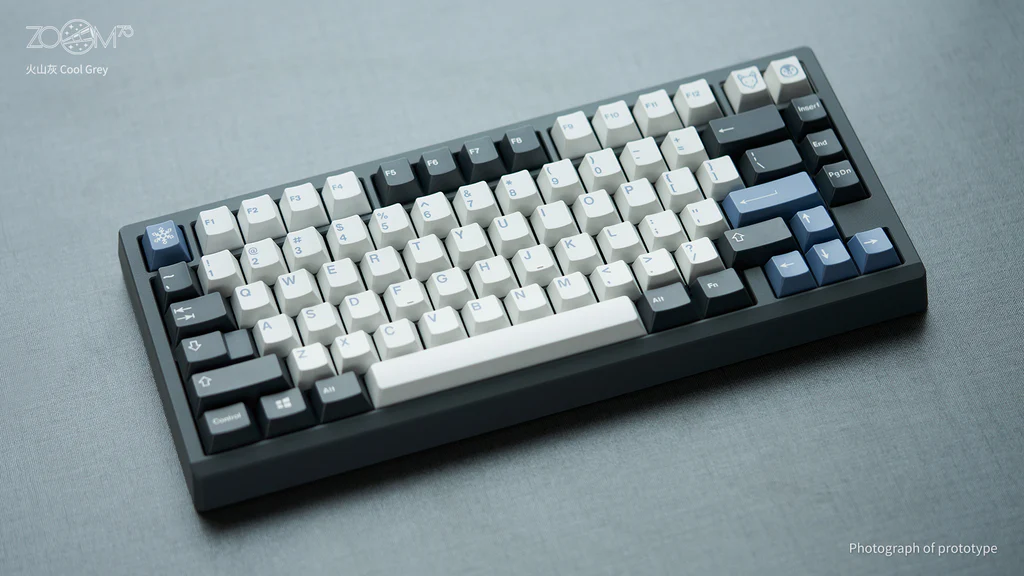






| Feature | Detail |
|---|---|
| Layout | 75% compact (323.6 x 145.78 x 34.73 mm) |
| Mounting | Gasket sleeves with supercritical foam for balanced flex |
| PCB | Tri-mode (wired, Bluetooth 5.0, 2.4GHz) with VIA/QMK support |
| Polling Rate | 1000Hz (wired/2.4GHz), 125Hz (Bluetooth) |
| Weight Options | Anodized aluminium (E-white, gold) or PVD stainless steel |
| Battery | 2250mAh Li-ion (6–8 weeks per charge) |
| Modularity | Interchangeable 2U LCD, knobs, badges, or dual keys |
| Price | Starting at $189 |
Our Verdict
The Zoom75’s 1000Hz polling rate and near-zero latency in wired/2.4GHz modes make it ideal for competitive gaming. The tri-mode hotswap PCB ensures compatibility with tactile or linear switches, while the poron foam minimizes ping for distraction-free sessions. However, the 75% layout lacks dedicated macro keys, which might deter MMORPG players.
Pros:
Lag-free response, customizable RGB, durable aluminium frame.
Cons:
No dedicated macro column, limited onboard profile storage.
With Bluetooth multi-device pairing and a 22.14mm front height, this keyboard excels in ergonomic comfort for long typing sessions. The WS Stabilisers V3 reduce rattle, and the modular LCD display shows calendar reminders or typing statistics. The lack of a numpad might frustrate accountants, though.
Pros:
Wireless versatility, quiet foam dampening, professional aesthetics.
Cons:
No numpad, LCD drains the battery faster.
The multi-layout support (split backspace, ISO/ANSI enter) and VIA-compatible PCB allow deep key remapping. The Cherry-profile PBT keycaps (included in some kits) resist shine, while the hotswap PCB supports niche switches like Holy Pandas. The compact size saves desk space but requires layers for F-keys.
Pros:
Endless customization, premium acoustics, QMK/VIA support.
Cons:
The steeper learning curve for firmware tweaks.
The per-key RGB and dynamic GIF support (via future firmware updates) let the LCD sync with media apps. The brass knob controls volume, but the 75% layout lacks dedicated media keys. Pair it with our recommended Hiearcool USB-C Hub for a seamless setup.
Pros:
Immersive lighting, tactile volume control, sleek design.
Cons:
Media shortcuts require FN layers.
The 6–8 week battery life and Bluetooth 5.0 ensure reliable connectivity with iPads or Android devices. The coiled USB-C cable doubles as a charging cable, and the 1.74 kg weight strikes a balance between portability and stability. However, the aluminium case adds bulk compared to the Royal Kludge M75.
Pros:
Long battery life, universal compatibility, premium build.
Cons:
Heavier than plastic competitors.
The gasket-mounted PC plate and poron foam create a signature “thocky” sound profile, while the tri-mode PCB offers flexibility across setups. Though pricier than the RK68, the Zoom75 justifies its cost with unmatched modularity.
Pros:
Studio-grade acoustics, future-proof modularity, and premium materials.
Cons:
High entry price for casual users.
Differences Between Sizes and Variants
| Variant | Colorway | Knob | LCD | Battery |
|---|---|---|---|---|
| Essential Edition | Milky Green, Lilac | Anodized Aluminum | No | 2250mAh |
| Special Edition | Anodized Lavender | PVD Mirror Brass | Yes | 2250mAh |
| LCD Edition | GT Silver, Anodized Black | Included | Yes | 2250mAh |
Compared to Other Keyboards
Akko 5098B vs Zoom75 Keyboard
The Akko 5098B prioritizes battery life with its 8,000mAh capacity and integrated TFT LCD for GIF customization. However, its tray-mounted design creates a stiffer typing experience compared to the Zoom75’s gasket-mounted flexibility. While both keyboards offer hot-swap PCBs, the Zoom75’s modular 2U space for LCD/knob/badge swaps provides broader customization. The Akko’s ABS plastic case also feels less premium than the Zoom75’s 6063 aluminium chassis.

| Feature | Zoom75 | Akko 5098B |
|---|---|---|
| Mounting | Gasket with supercritical foam | Tray |
| Battery | 2,250mAh (6–8 weeks) | 8,000mAh (12+ weeks) |
| Case Material | Anodized aluminum | ABS plastic |
| Modularity | Interchangeable LCD/knob | Fixed LCD |
Lily58 vs Zoom75 Keyboard
The Lily58 prioritizes ergonomic split design over mainstream layouts, making it ideal for users seeking wrist relief during extended typing sessions. However, the Zoom75 dominates in versatility, offering tri-mode connectivity and modular LCD/knob modules absent in the Lily58’s fixed split layout. While the Lily58 supports basic underglow RGB via DIY modifications, the Zoom75 provides per-key RGB and LCD customization out-of-the-box.
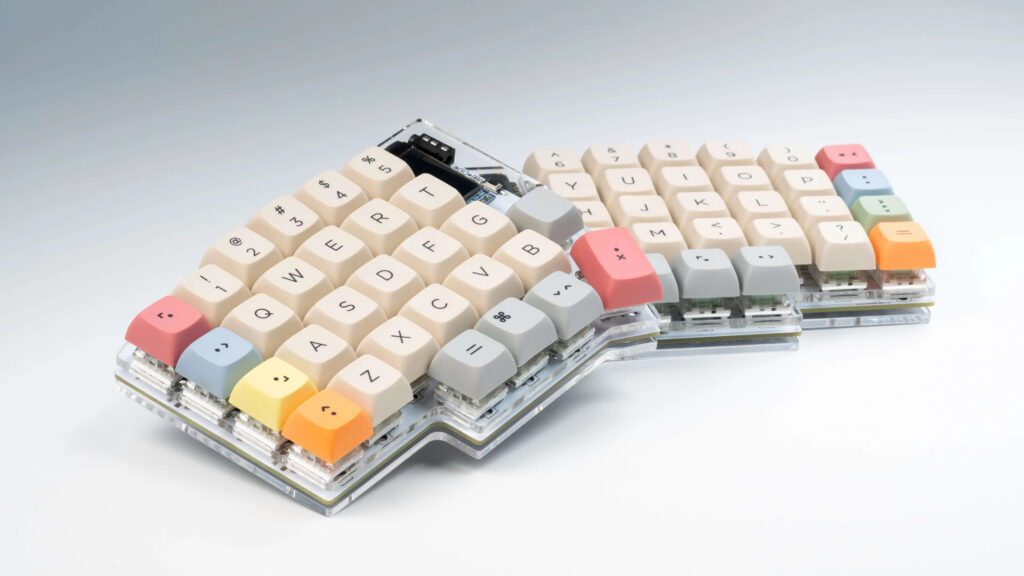
| Feature | Zoom75 | Lily58 |
|---|---|---|
| Layout | 75% with multi-layout support | Split 58-key ergonomic |
| Connectivity | Tri-mode (BT/2.4GHz/wired) | Wired-only (wireless requires mods) |
| Customization | Modular LCD/knob/badge system | Limited to switch/keycap swaps |
| RGB | Per-key + LCD animations | Underglow-only (requires soldering) |
| Build Material | CNC aluminum + PVD backplate | FR4 PCB + acrylic case |
Bridge75 vs Zoom75 Keyboard
The Bridge75 rivals the Zoom75 with its CNC aluminium top case and steel bottom plate but lacks modularity. While both feature gasket mounts, the Zoom75’s supercritical foam sleeves and Poron dampening create a softer typing feel compared to the Bridge75’s stiffer acoustics. The Zoom75 also outperforms in wireless versatility with Bluetooth 5.0 multi-device pairing.
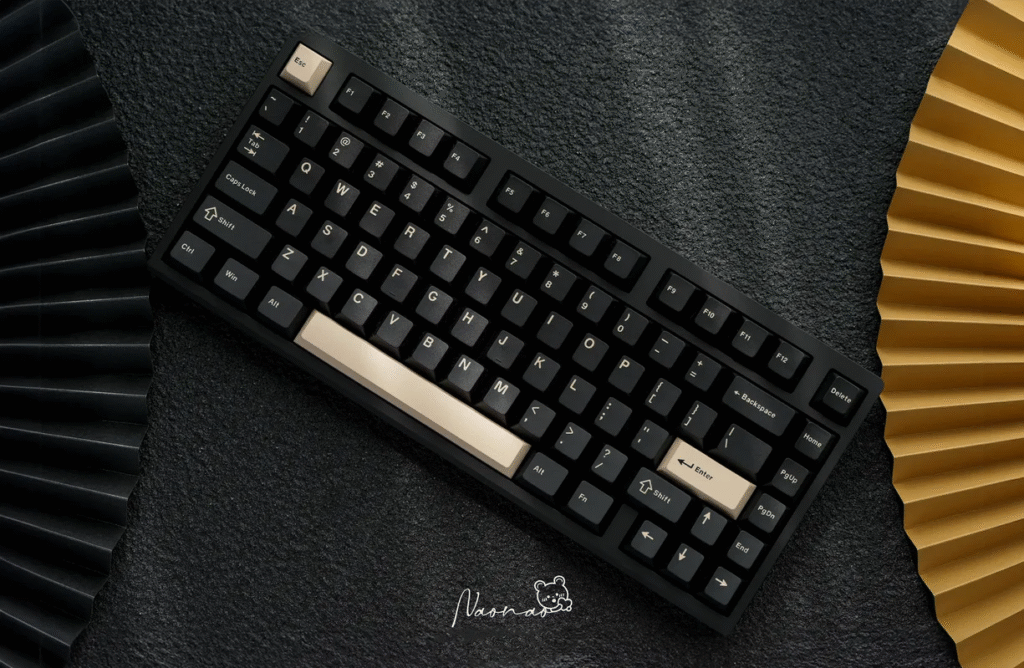
| Feature | Zoom75 | Lily58 |
|---|---|---|
| Layout | 75% with multi-layout support | Split 58-key ergonomic |
| Connectivity | Tri-mode (BT/2.4GHz/wired) | Wired-only (wireless requires mods) |
| Customization | Modular LCD/knob/badge system | Limited to switch/keycap swaps |
| RGB | Per-key + LCD animations | Underglow-only (requires soldering) |
| Build Material | CNC aluminum + PVD backplate | FR4 PCB + acrylic case |
Dimensions

The Zoom75 strikes a balance between compactness and functionality:
Size: 75% layout (323.6 x 145.78 x 34.73 mm).
Weight: 1.74–2.15kg (varies with brass/PVD weights).
Front Height: 20.14mm, paired with a 5° typing angle for ergonomic comfort.
Its streamlined profile saves desk space without sacrificing navigation keys, making it ideal for minimalist setups.
Build Quality

Crafted for longevity, the Zoom75 features:
Case: 6063 aluminium with electrostatic or anodized finishes.
Backplate: Glass mirror or PVD-coated stainless steel.
Keycaps: PBT Doubleshot (optional) with vibrant, fade-resistant legends.
Stabilizers: Pre-lubed WS Stabilizers V3 for rattle-free typing.
The gasket-mounted plate and supercritical foam sleeves minimize metal-on-metal contact, producing a muted, thocky sound. Compared to the Akko 5098B’s plastic build, the Zoom75 feels indestructible.
Ergonomics

While not a split keyboard like the Lily58, the Zoom75 offers:
Fixed 5° incline for natural wrist alignment.
Adjustable feet: Silicone pads provide stability, though flip-out feet are absent.
Multi-layout support: Split backspace, ISO enter, and stepped caps lock reduce finger strain.
Hardware Customizability

The Zoom75 is a modder’s paradise:
Hot-swappable PCB: Supports 3-pin/5-pin switches (South-facing LEDs).
Plate options: PC, brass, aluminium, or FR4 for sound/feel tuning.
Modular top-right: Swap between LCD, knob, or two-key modules.
Stabilizers: Screw-in design with hassle-free maintenance.
Backlight Features

Per-key RGB: 16.8 million colours with effects like wave, reactive, and static.
Software control: Customize via VIA/QMK or Meletrix’s Pocket Witch app.
LCD screen: Displays CPU/GPU temps, typing speed, and custom GIFs
Wireless Versatility

Tri-mode connectivity: Bluetooth 5.0 (3 devices), 2.4GHz, USB-C.
Battery: 2,000mAh (~1 week with RGB on, 3–4 weeks off).
Charging: 2A fast charging via USB-C.
In the Box

Aluminium top/bottom case
Tri-mode hotswap PCB (flex/non-flex)
PC plate, gasket sleeves, Poron foam
WS Stabilizers V3, Li-ion batteries
Coiled USB-C cable, 2.4G receiver
Typing Quality

The Zoom75’s gasket mount and multi-layer foam (Poron, IXPE) create a soft, poppy feel. Compared to the Akko 5098B’s firmer tray mount, keystrokes feel cushioned yet responsive. The PC plate enhances flex, while brass plates add rigidity for tactile switch lovers
Configuration Software
VIA/QMK: Remap keys, adjust RGB, and create macros.
Pocket Witch app: Upload GIFs, sync LCD data (CPU/GPU temps.
Shortcuts:
FN + Delete: Toggle LCD.FN + Page Up/Down: Cycle screen modes.Space + M: Disable wireless when plugged in
How to Turn Off the Zoom75 Keyboard
Wired mode: Unplug the USB-C cable.
Wireless mode: Hold
Space + Mwhile plugging in the cable.Full shutdown: Use the physical switch on the PCB (if installed).
Note: The charging indicator (flashing FN key) can be disabled via Space + M
FAQ: Zoom 75 Keyboard
A: Yes, via split shift and enter keys
A: Yes, but Nightlight knobs won’t illuminate.
A: Use Meletrix’s OTA app (releases late 2024).
Conclusion
The Zoom75 isn’t just a keyboard; it’s a customization powerhouse. From its modular design to its sumptuous typing feel, it outperforms rivals like the Akko 5098B and Bridge75 in versatility and build quality. While its battery life trails behind Akko’s behemoth, the trade-off is a refined, enthusiast-grade experience. For those seeking a keyboard that evolves with their needs, the Zoom75 is a worthy investment.
Explore more keyboard reviews: Cinnamoroll 20th Anniversary Edition | Royal Kludge RK84

